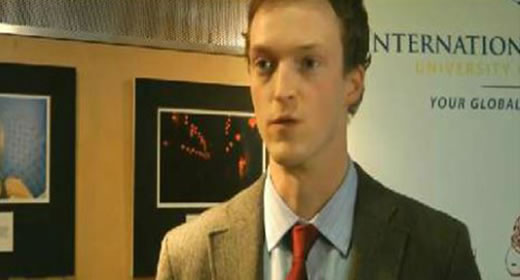
People collaborate—it's what we do. We work together to tackle big problems. We work together to achieve big goals. We give favors, in hopes that they'll be reciprocated. We look out for each other, in hopes that someone else will look out for us in our moment of need. These collaborations make us stronger, smarter, safer, and more successful.
It's no surprise then that animals collaborate, too. Or governments. Or businesses. Or nonprofits. Collaboration is a powerful way to achieve a goal, to grow, to survive. And it's not a problem when we're collaborating within legal limits, but what about terrorist organizations—violent non-state actors—do we really want them to reap the benefits of collaboration? Do we want one terrorist organization teaching another how to hijack a plane, build a bomb, or kidnap a wealthy businessman?
"Organizations don't learn to do suicide bombing by picking up the New York Times," says Philip B. K. Potter, assistant professor of public policy and political science. "They learn from other organizations they're closely related to, or from fighters with relationships in multiple organizations." While traditional counterterrorism focuses on decapitating networks, e.g. taking out bin Laden, Potter explains, "there's also this web of relationships between organizations, and we need to be thinking about how to disrupt that, too."
Potter and collaborators Erica Chenoweth (Denver) and Michael Horowitz (Penn) are embarking on a three-year initiative to illuminate these terrorist networks and alliances for the Department of Defense. They'll mine the Terrorism Knowledge Base and the National Counterterrorism Center database; they'll explore publicly available news reports, declassified intelligence documents, and scholarly articles; and they'll poll terrorism experts and interview local government officials. After mapping known relationships between violent non-state actors, including how and why these alliances developed, how they've changed over time, and what flows through them—knowledge, money, weapons, fighters—Potter and his collaborators will conduct a network analysis to better understand which alliances pose the most significant threat, and to identify effective strategies for their disruption.
Below is a formatted version of this article from State & Hill, the magazine of the Ford School. View the entire Fall 2012 State & Hill here.